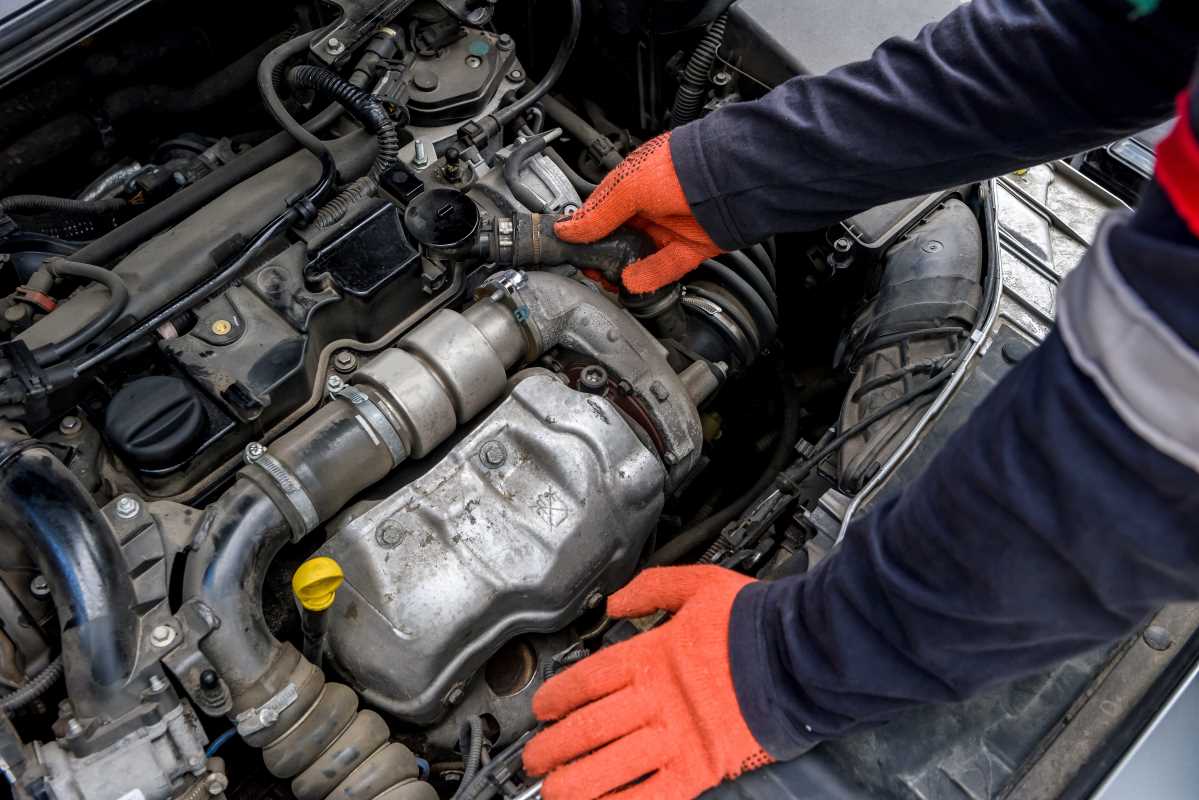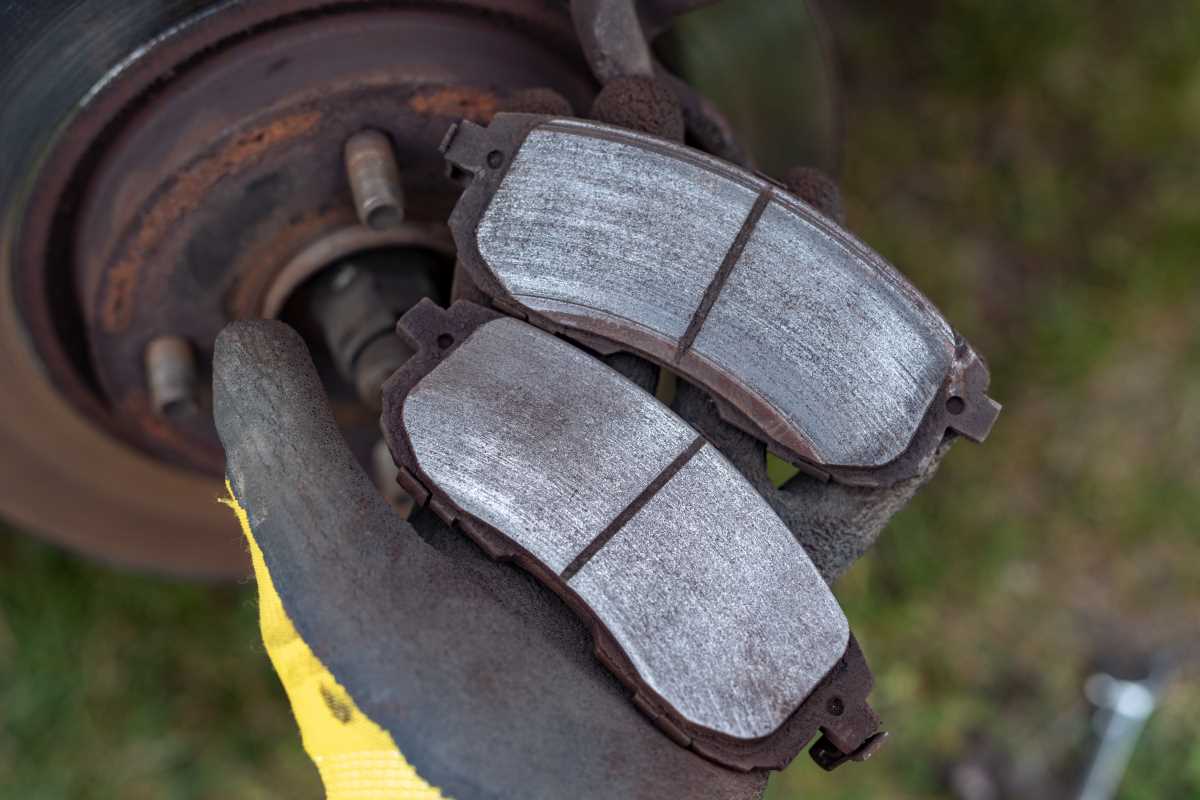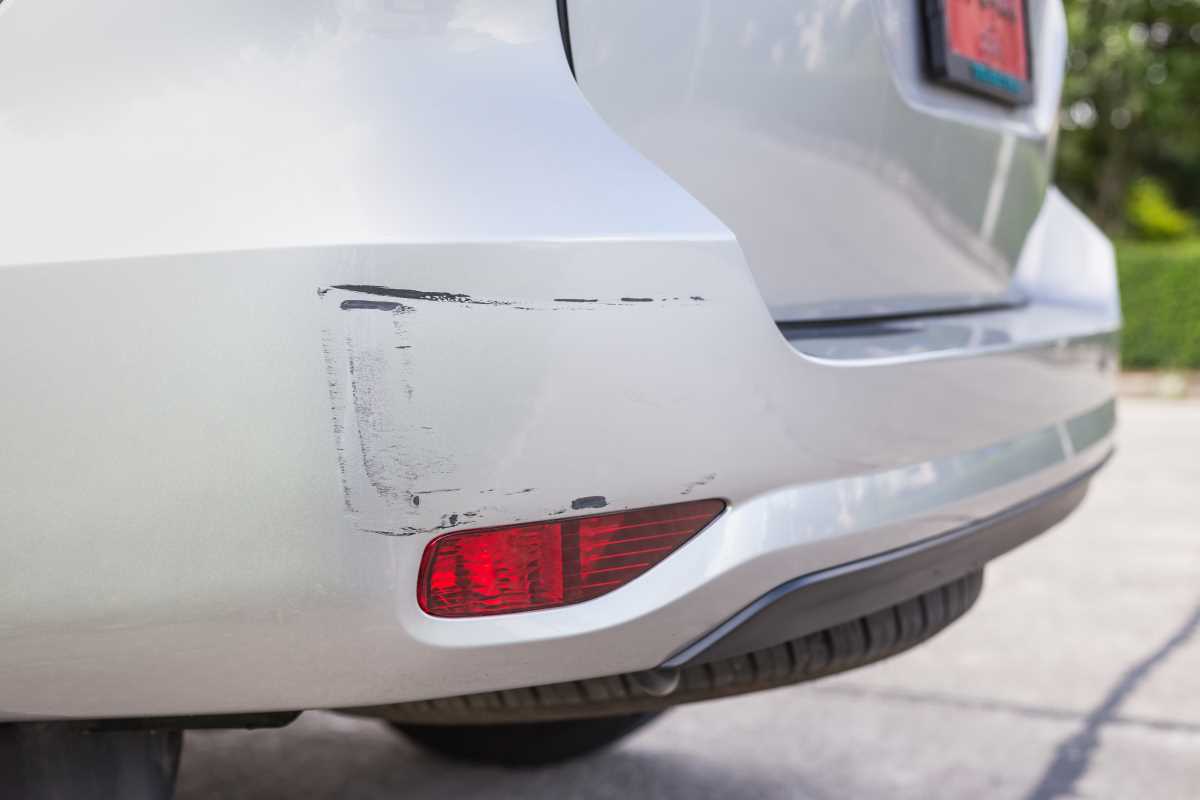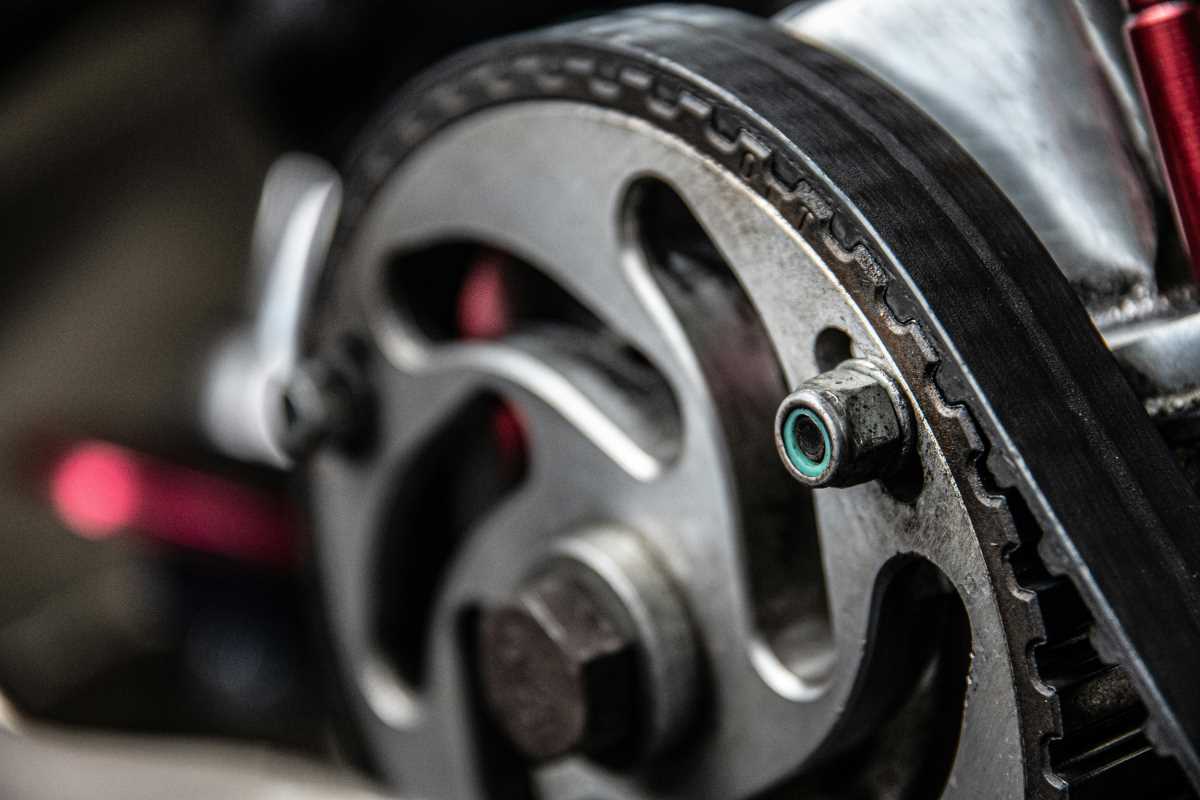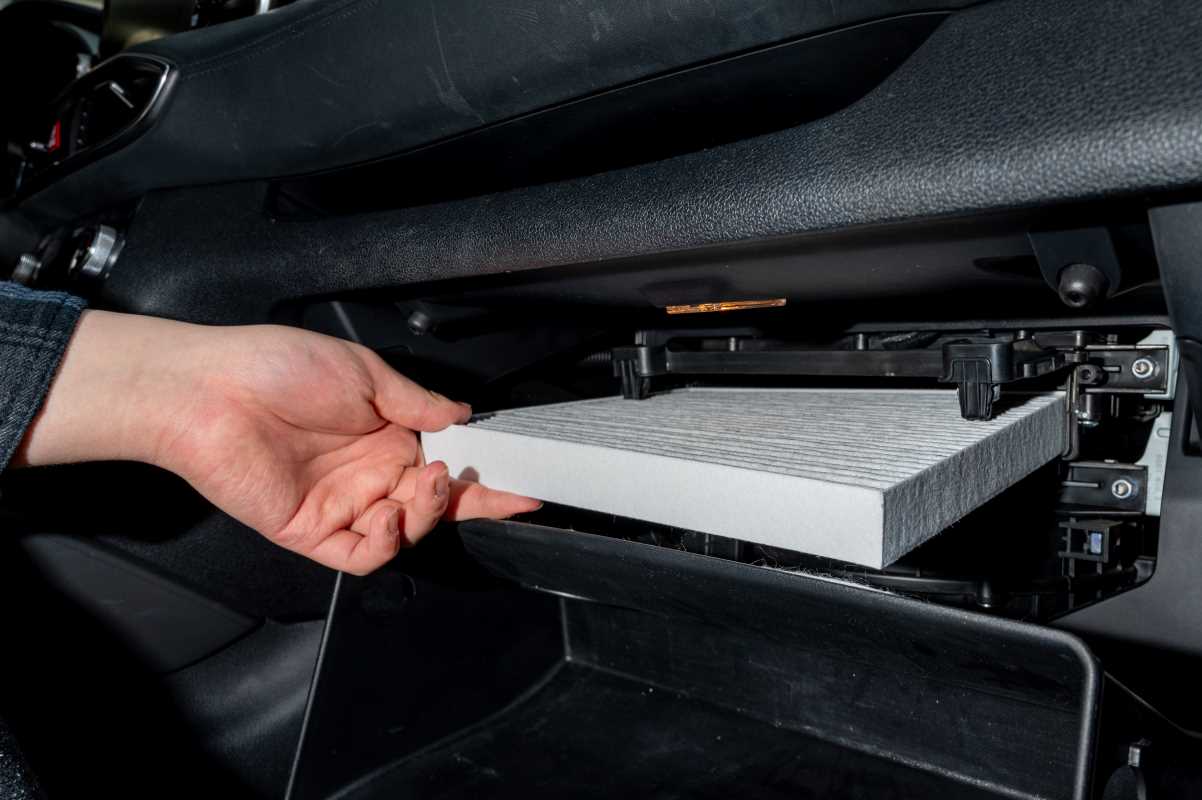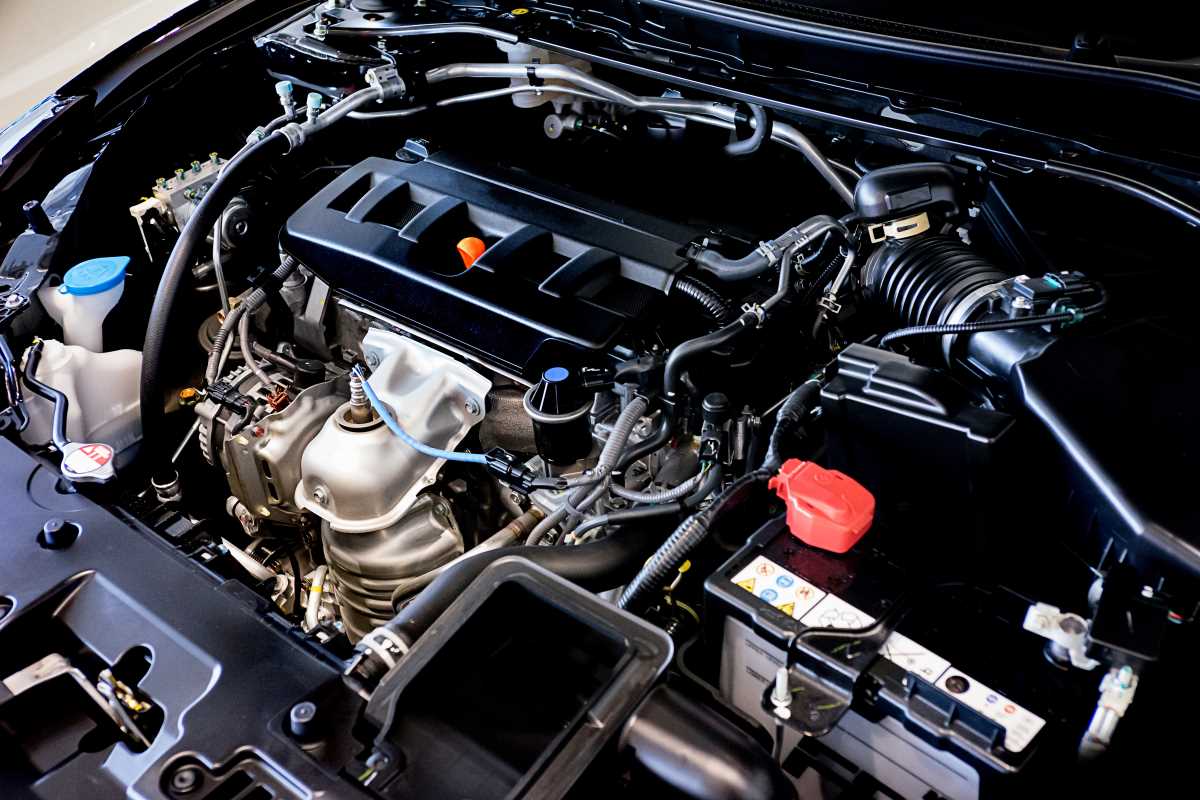Your car’s transmission is a mechanical marvel, a complex puzzle of gears and hydraulics responsible for sending the engine’s power to the wheels. Its worst enemy is heat, and the only thing standing between smooth shifts and a catastrophic meltdown is the transmission fluid. This specialized fluid is the transmission’s lifeblood, acting as a lubricant, coolant, and hydraulic fluid all in one. Over time, it breaks down, gets contaminated, and loses its ability to protect those vital components. Neglecting it can lead to rough shifting, transmission failure, and a repair bill that can easily run into the thousands. Knowing how to service it yourself is a master-level DIY skill that can save you a fortune, extend the life of your car, and prevent a breakdown that could leave you stranded and dealing with insurance hassles.
What is Transmission Fluid and How Do I Check It?
Transmission fluid is a highly engineered oil packed with detergents, friction modifiers, and anti-wear agents. It lubricates the moving parts, cools the transmission, and provides the hydraulic pressure needed to engage the clutches and change gears. As it ages, the fluid degrades from heat and collects tiny metal shavings and clutch material. This dirty fluid can’t protect as well, leading to poor performance and accelerated wear.
Many cars have a transmission fluid dipstick, similar to the engine oil dipstick but often located further back in the engine bay. To check it, your car's engine should be running and the transmission should be warm. Park on a level surface, cycle the shifter through all the gears, and then return it to Park or Neutral. Pull the dipstick, wipe it clean, reinsert it fully, and pull it out again to read the level. More importantly, look at the fluid's color and smell. Fresh automatic transmission fluid (ATF) is typically bright red and has a sweet smell. If your fluid is dark brown, black, or has a burnt toast odor, it is long overdue for a change. Your owner’s manual will specify the service interval, usually between 30,000 and 100,000 miles. Be aware that many modern cars have "sealed" transmissions with no dipstick, which makes checking the fluid more complex, but not impossible.
Drain-and-Fill vs. Full Fluid Exchange
There are a few different ways to service your transmission fluid. The simplest is a drain-and-fill. This involves removing a drain plug, letting a portion of the old fluid drain out, and refilling it with fresh fluid. This only replaces about 30-50% of the total fluid, as a lot remains in the torque converter and cooler lines. A more thorough method is a pan drop service, where you remove the entire transmission oil pan. This allows you to replace the transmission filter and clean the magnets inside the pan that collect metal debris.
The most complete service is a full fluid exchange or "flush," typically done with a machine at a shop. This process pushes all the old fluid out while simultaneously pumping new fluid in, replacing nearly 100% of the fluid. While very effective, an aggressive flush on a high-mileage, neglected transmission can sometimes dislodge debris and cause problems. For most DIYers, a pan drop and filter change is the best and safest method.
Gathering Your Tools and Prepping for the Job
This is a messy job, so be prepared. You will need a large drain pan, a set of wrenches or a socket set, a funnel with a long flexible neck, and plenty of rags. You will also need a torque wrench for correctly tightening the pan bolts. Safety is paramount. You need to lift the car to get underneath it, so you must have a quality floor jack and, most importantly, a set of sturdy jack stands. Never work under a car supported only by a jack. The transmission and exhaust components will be hot, so wear gloves and let the car cool down a bit before you start. Finally, you’ll need the correct type and amount of transmission fluid, a new filter, and a new pan gasket. Using the exact fluid specified in your owner’s manual—whether it's ATF, CVT, or DCT fluid—is not negotiable. The wrong fluid can destroy your transmission.
Step-by-Step Guide to a Pan Drop Service
First, drive the car for a few minutes to warm up the fluid, which helps it drain more easily. Safely lift the front of the car and support it on jack stands on a level surface. Slide your drain pan under the transmission. If there is a drain plug, remove it and let the fluid drain. If not, prepare for a mess. Loosen all the bolts around the transmission pan, but leave a few bolts finger-tight on one side. Carefully pry the other side of the pan loose to allow the fluid to drain out from one corner. Once most of the fluid is out, remove the remaining bolts and lower the pan.
With the pan removed, you can access the filter. It may be held on by a few bolts or simply pushed into place with a rubber seal. Remove the old filter and install the new one. Now, turn your attention to the pan. Clean it thoroughly, removing all the old fluid and sludge. You will see one or more magnets in the bottom of the pan; clean them completely. A fine layer of metallic fuzz is normal, but large metal chunks are a bad sign. Clean the mating surface on the transmission and the pan, install the new gasket, and reinstall the pan. Use your torque wrench to tighten the bolts in a crisscross pattern to the specification in your service manual to avoid leaks.
Refilling and Checking the Fluid Level
Now it's time to refill. If you have a dipstick tube, that’s your fill port. Using your long-neck funnel, slowly add the new transmission fluid. A good starting point is to measure how much fluid you drained and add back a similar amount. Start the engine, and with your foot on the brake, slowly cycle the shifter through all the gears, pausing for a few seconds in each one. This circulates the new fluid throughout the transmission.
With the engine still running and the transmission in Park, recheck the fluid level. Add more fluid in small increments until it reaches the "cold" or "add" mark on the dipstick. Many modern cars have a very specific temperature-based procedure for the final level check, which may require an infrared thermometer or a diagnostic scan tool. Always follow the manufacturer's procedure precisely. Overfilling a transmission is just as bad as underfilling it.
Final Checks and Common Mistakes
Once the level is correct, take the car for a short test drive. It should shift smoothly and quietly. When you return, park on a level surface and inspect for any leaks around the transmission pan gasket. It's also a good practice to recheck the fluid level one more time now that it is at full operating temperature.
The most common mistakes in this job are using the wrong fluid, over-tightening the pan bolts and warping the pan or stripping the threads, and improper filling procedures. Using too much or the wrong type of sealant (RTV) can also cause problems if it squeezes into the pan and clogs fluid passages. Performing this service yourself can cost between $100 and $200 for fluid and parts, while a shop might charge $300 to $600 or more. Taking this proactive step not only saves money but also ensures your car's transmission remains a reliable and smooth operator, keeping you safe on the road and far away from breakdown-related claims.
